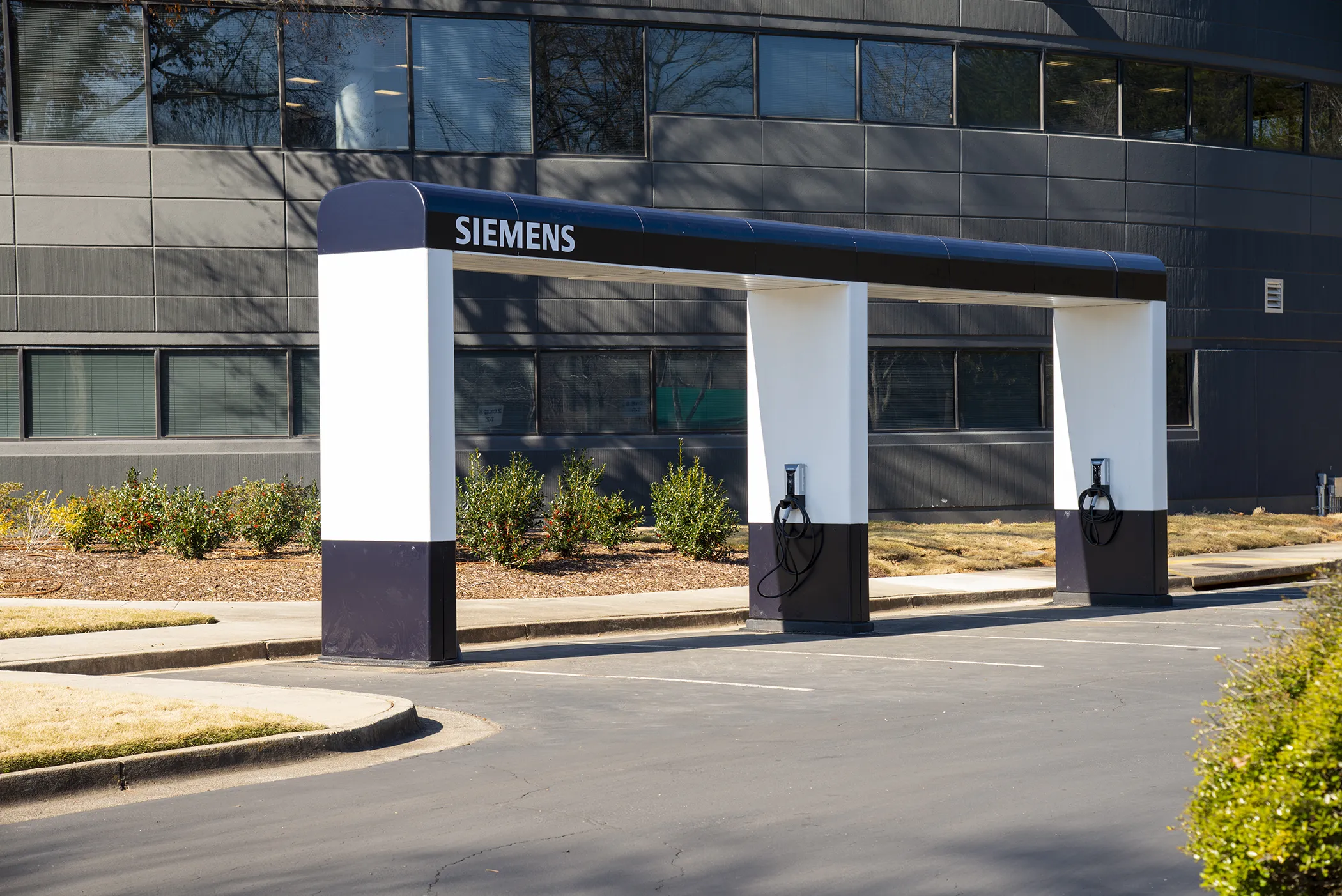Both companies have also announced a plan to install fast-charge stations at around ten service stations over the next two years.
The superstation, designed by Morelli Designers, is located off exit 112 on Highway 20, in Quebec, and is said to offer four 50-kilowatt fast-charge stations that can simultaneously charge one EV each.
In addition, Automation R.L. designed and manufactured the 200-kilowatt electronic module; SceneEthique built the architectural structure and; Luxaz has provided the lighting.
Moreau, said: “I am delighted by the inauguration of this quick-charge superstation, which is the result of the vision of the Government of Québec and the leadership of
Electric Circuit and Groupe Crevier launch EV superstation, Quebec
Quebec's minister of energy and natural resources, Pierre Moreau, unveiled a new public universal fast-charge superstation for electric vehicles (EVs) from group partners Electric Circuit and Groupe Crevier, in Beloeil. It will be used as a real living laboratory to test new charging technologies as well as additional services, such as dynamic pricing.
December 19, 2017
Read time: 2 mins
Quebec's minister of energy and natural resources, Pierre Moreau, unveiled a new public universal fast-charge superstation for electric vehicles (EVs) from group partners Electric Circuit and Groupe Crevier, in Beloeil. It will be used as a real living laboratory to test new charging technologies as well as additional services, such as dynamic pricing.








